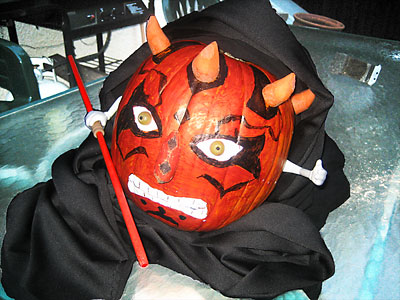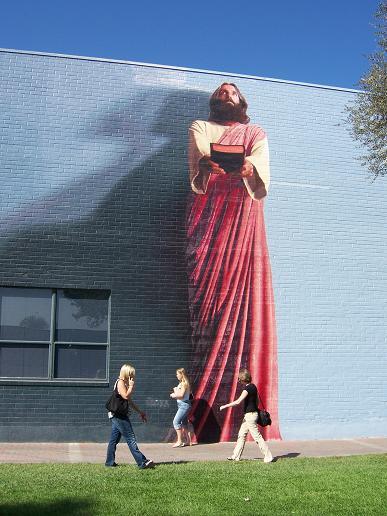A reader writes:
I thought this question would have a nice spooky element for Halloween. In St. Liguori’s Glories of Mary, the author relates some fantastic stories:
Moreover, Pelbart says that in his time, when the emperor Sigismund was crossing the Alps with his army, a voice was heard coming from a skeleton asking for a confessor and declaring that the Mother of God, for whom he had a great devotion when a soldier, had obtained permission for him to live on in those bones until he had been able to confess his sins. The man made his confession and then died.
And:
…in the town of Aragorn there lived a young lady named Alexandra. She belonged to the nobility and, being very beautiful, was loved very much by two young men. One day, out of jealousy over Alexandra, the two youths quarreled and killed each other in a duel. Their parents were very much angered by this and, considering that the poor young girl was the cause of so much harm, they killed her too. They cut off her head and threw her into a well. A few days later, when Saint Dominic happened to be passing by the spot, he was inspired by the Lord to go to the well and call down: "Alexandra, come up!" With that, the head of the dead girl appeared, settled on the edge of the well, and begged Saint Dominic to hear her confession…the saint heard her confession and gave her Holy Communion.
My instinct is that these stories fall under pious legend. Can they really square with Church teachings regarding last things and death being the cut off point for repentence? Also, should a head, absent a digestive system, really receive Holy Communion?
While nice for Halloween, such stories are best regarded as the pious legends, at least absent further evidence for them. Stories of this type reflect the way the Christian imagination has shaped the folklore of Europe and infused it with Christian values.
That being said, God is omnipotent, and if he wants to do miracles like the ones reported in these stories, he certainly can.
As to how such events, if they really occurred, would square with Catholic teaching, the following things occur to me:
1) While the rule that death is the closure of our time to repent is one that we must regard as absolute, not promising ourselves a chance to repent afterwards, God might nevertheless make exceptions to it. It is hard to see how this would happen if, as is commonly taught, our wills become fixed on good or evil at the moment of death, but perhaps God can preserve the fluidity of the will even after death. We don’t have a clear idea about why our wills become fixed–why being discarnate would cause that to happen and why they don’t become re-fluid once we are resurrected–so it may be possible for God to preserve this kind of free will in a person who has died.
2) It is also possible that the individuals in question might not really be dead . . . just mostly dead. There’s a big difference between mostly dead and all dead. Mostly dead is slightly alive. With all dead, well, with all dead there’s usually only one thing you can do.
But with mostly dead you might, for example, be able to get in a quick confession. So, it not being logically impossible (so far as I can tell) to have what appears to be a skeleton still having a bit of life or (even more clealry) a detached head that’s still alive (just watch The Brain That Woudn’t Die if you don’t believe me!), God could presumably allow these individuals to stay alive long enough to receive the sacraments.
3) As to receiving Communion with no digestive system–well, we’re already pretty far into the miraculous here. I mean, not only does the severed head have no digestive system, it doesn’t have the key parts of its circulatory and respiratory system either. In other words: No heart. No lungs. So what’s pumping and oxygenating the blood? And where are the vocal cords getting the air needed for speech to make the confession? If God is able to miraculously compensate for the absence of these bodily systems, I’m sure he can miraculously compensate for the absence of the digestive system, too.
Therefore, if I were St. Dominic and a severed head wanted me to hear its confession and give it Communion, I would seriously entertain the request.
4) BTW, in addition to the possibility that these people were somehow still alive, the possibility also should be considered that we’re dealing with some kind of spiritual echo or snakeskin phenomenon, where what is producing the phenomenon is not actually the person in question but a remnant of the person.
THAT’S SOMETHING WE’VE CONSIDERED HERE BEFORE ON THE BLOG.
AND THAT FOLKS HAVE COMMENTED ON.




